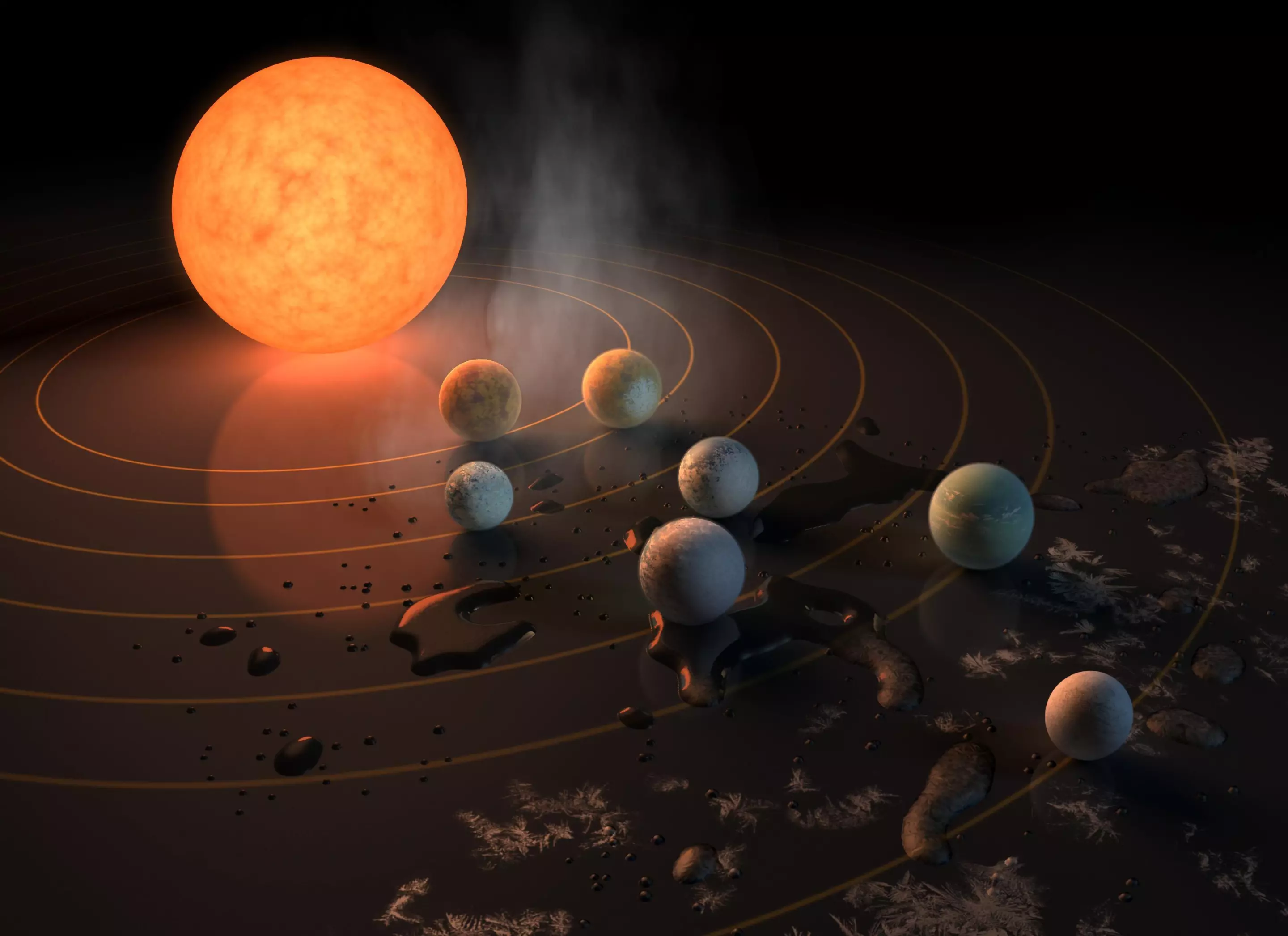Astronomers have classified planetary systems into four distinct categories, based on the sizes and arrangements of their planets. As it turns out, the architecture of our own solar system is the rarest kind.
Decades of telescopes dedicated to the hunt for worlds around stars other than our own Sun have yielded more than 5,300 of these exoplanets so far, contained in 3,910 planetary systems. With that much data astronomers have been able to classify these planets into different groups based on their characteristics – there are rocky planets, gas giants, Super-Earths, mini-Neptunes and water worlds, among others.
But can planetary systems themselves be classified in similar ways? And if so, how does our own solar system stack up on a cosmic scale? Answering those questions was the goal of a new study by scientists in Switzerland, who examined data from all 853 systems known to contain multiple planets.
From this analysis, the team settled on four main classes that planetary systems fall into, based on the sizes and arrangements of their planets: Similar, Ordered, Anti-ordered and Mixed. Similar systems, the most common arrangement, are those where the planets are all about the same size – for example, the TRAPPIST-1 system, which contains seven roughly Earth-sized rocky planets. Ordered systems are those where the inner planets are small and rocky, and give way to the gas and ice giants in the outskirts. Our own solar system falls into this group, and the team says it’s the rarest configuration.
Anti-ordered systems are the inverse – the bigger planets appear closer to the star and get smaller the further out you go. And finally there are Mixed systems, which don’t seem to have any rhyme or reason to the arrangement of their planets.
So how do planetary systems end up in these different configurations? Like many things, the team says it’s a mix of “nature and nurture” – it partly depends on the initial conditions that the system is born from, including the mass of the disk of dust and gas that forms the planets, and the abundance of heavy metals in the host star. It also partly depends on the dynamics of the planets during the system’s lifespan.
“From rather small, low-mass disks and stars with few heavy elements, 'similar' planetary systems emerge,” said Lokesh Mishra, lead author of the study. “Large, massive disks with many heavy elements in the star give rise to more ordered and anti-ordered systems. Mixed systems emerge from medium-sized disks. Dynamic interactions between planets – such as collisions or ejections – influence the final architecture.”
The more we can learn about other planetary systems, the better we can understand our place in the universe.
The research was published in two studies in the journal Astronomy & Astrophysics.
Source: University of Bern




